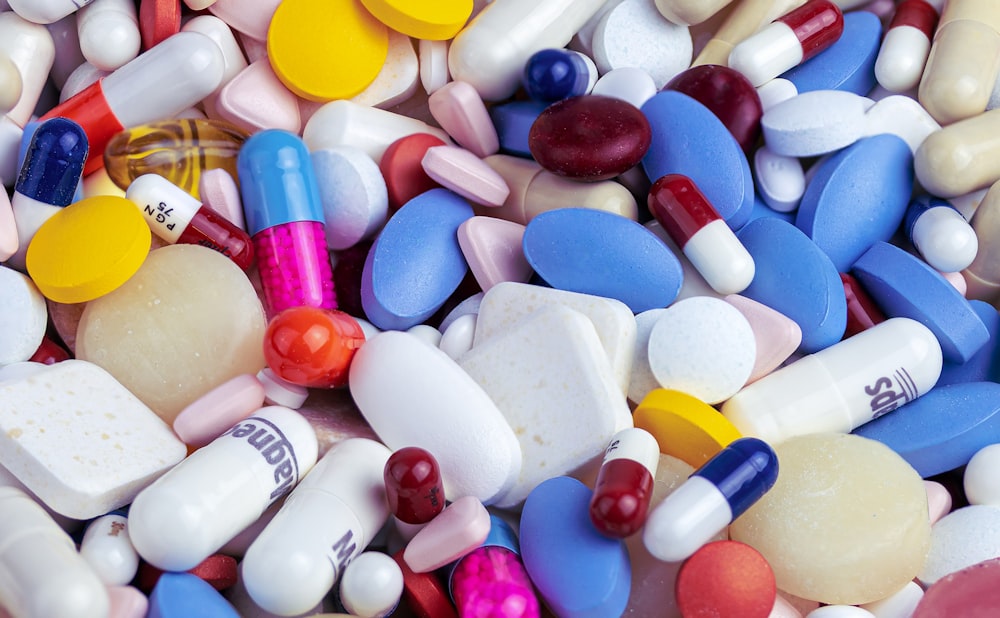
Sweat is a bodily fluid produced by sweat glands, in which there are small amounts of ammonia, urea, salt, and sugar. Sweating is the body’s way of cooling the rising internal temperature. Usually, the body sweats when exercising, has a fever, or feels anxious. There are many functions of the sweat glands for the body. If the gland is problematic then it can cause various disorders where the body sweats too much or too little.
the function of sweat glands
Sweat glands have important functions for the body, including:
Maintain body temperature
Sweat glands have the main function of maintaining body temperature. When the body feels excessive heat, the sweat glands will secrete water to the surface of the skin to cool the skin and blood flow underneath.
This is a way to reduce excess heat that can cause harmful effects to the body.
Remove toxic substances from the body
There are lots of harmful substances that may enter the body either through pollution, food, drinks to cosmetics. Sweat glands function to produce sweat which can help remove these toxic substances from the body.
Toxic substances that can be excreted with sweat include heavy metals and harmful compounds such as BPA and some types of PCBs.
Cleans bacteria
Bacterial infections in the skin can hurt health. The function of the sweat glands is to help get rid of bacteria from the body. The glycoproteins in sweat will bind to bacteria and throw them out of the body.
Sweat gland structure
Sweat glands are small, circular, tubular glands. It is located in the dermis layer of the skin throughout the body. Sweat glands are divided into eccrine glands and apocrine glands.
Eccrine glands
Eccrine glands are glands with a circular tube-like structure and are small in size, ranging from 0.05 mm to 0.1 mm. Eccrine glands consist of two parts, namely the secretory part and the excretory duct.
- The secretory portion of the eccrine glands is found deep in the dermis of the skin and consists of two types of secretory cells, namely clear cells that mainly produce electrolytes and water, and dark cells that release macromolecular substances found in sweat.
- Eccrine glands are found in almost all parts of the body except for certain areas such as the lips, penis, clitoris, and the inside of the vagina called the labia minora.
- The eccrine glands are connected directly to the surface of the skin.
- Produces most of the sweat, especially clear ones like water. But eccrine sweat doesn’t taste like water because it contains a small mixture of salt, protein, urea, and ammonia.
- Mostly concentrated on the palms of the hands, soles of the feet, and forehead.
Apocrine glands
Apocrine glands are 1 to 5mm in size and are only found in certain parts of the body. These glands are large and spongy and are found in the subcutaneous fat of the dermis. Apocrine glands are not coiled like eccrine glands, and many of the coils gather to form a tubular network. Some things about the apocrine glands are:
- Bigger than eccrine
- It connects to the hair follicle and leads to the surface of the skin.
- Sebagian besar terletak di area yang banyak terdapat folikel rambut, seperti di kulit kepala, ketiak, dan selangkangan.
- Apocrine sweat is most commonly associated with body odor
- After puberty, this gland will produce a thick secretion.
Although often associated with body odor, apocrine sweat has no odor. It’s just that when apocrine secretions mix with bacteria that live on the skin, it produces an unpleasant odor.
Disorders of the sweat glands
Disorders of the sweat glands can cause excessive or too little sweat production.
Excessive sweating (hyperhidrosis)
Hyperhidrosis is a condition when the body produces excessive sweat. Normally, the body will produce a lot of sweat when you are exercising or doing strenuous activities. In addition, heat and stress are common causes of excessive sweating. However, there are times when excessive sweating can also be a sign of other health problems, including:
- Low blood sugar
- Nervous disorders
- Obesity
- Hormonal changes associated with menopause (hot flushes)
- Diseases associated with fever, such as infection or malaria
- An overactive thyroid gland (hyperthyroidism)
- Diabetes
- Certain drugs
Often excessive sweating also has no known cause. This is known as idiopathic hyperhidrosis.
Lack of sweat (anhidrosis)
Anhidrosis is a condition in which the sweat glands produce too little sweat. This disorder can cause excessive body heat which can be life-threatening. Several health conditions can cause sweat glands to develop anhidrosis, including:
- Burns that cause sweat gland damage
- Dehydration
- Certain nervous disorders
- Some skin disorders.
- An underactive thyroid gland (hypothyroidism)
- Prolonged heat
- Exercising in summer
Some people refer to anhidrosis as hyperhidrosis, but some think that hypohidrosis is a milder condition than anhidrosis. Sweating is a sign that the body, especially the sweat glands, is functioning properly. If you notice a change in the way your body sweats that is not, as usual, it’s a good idea to consult a doctor. Especially if you have any of the conditions that can lead to hyperhidrosis or anhidrosis.



